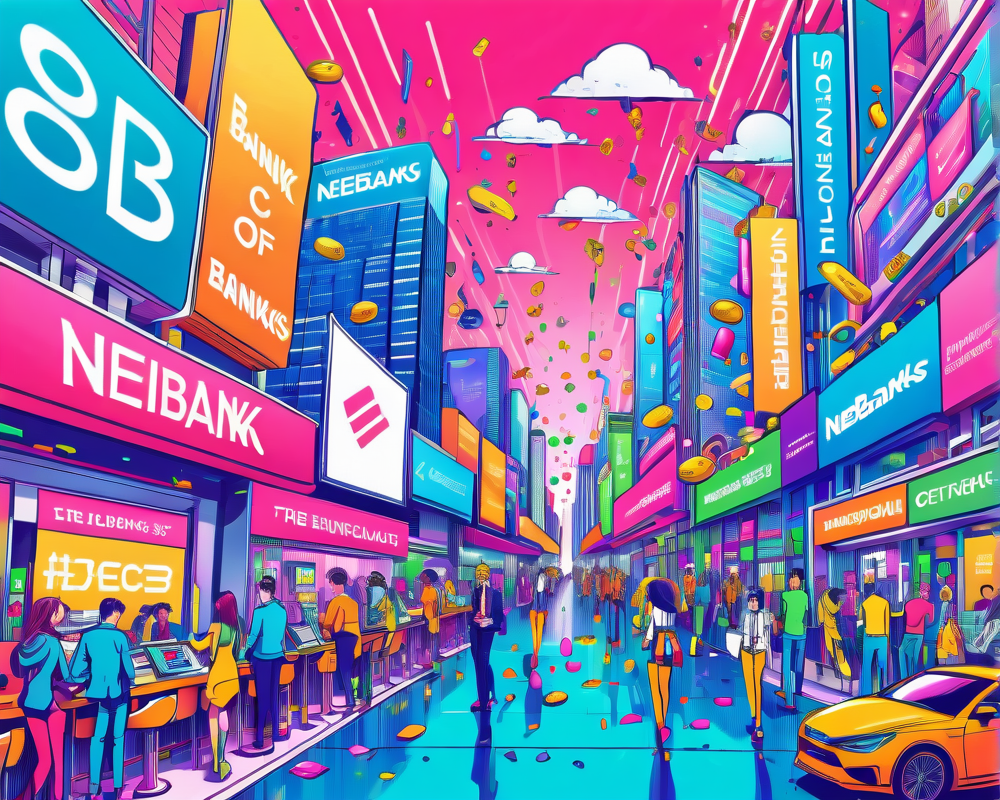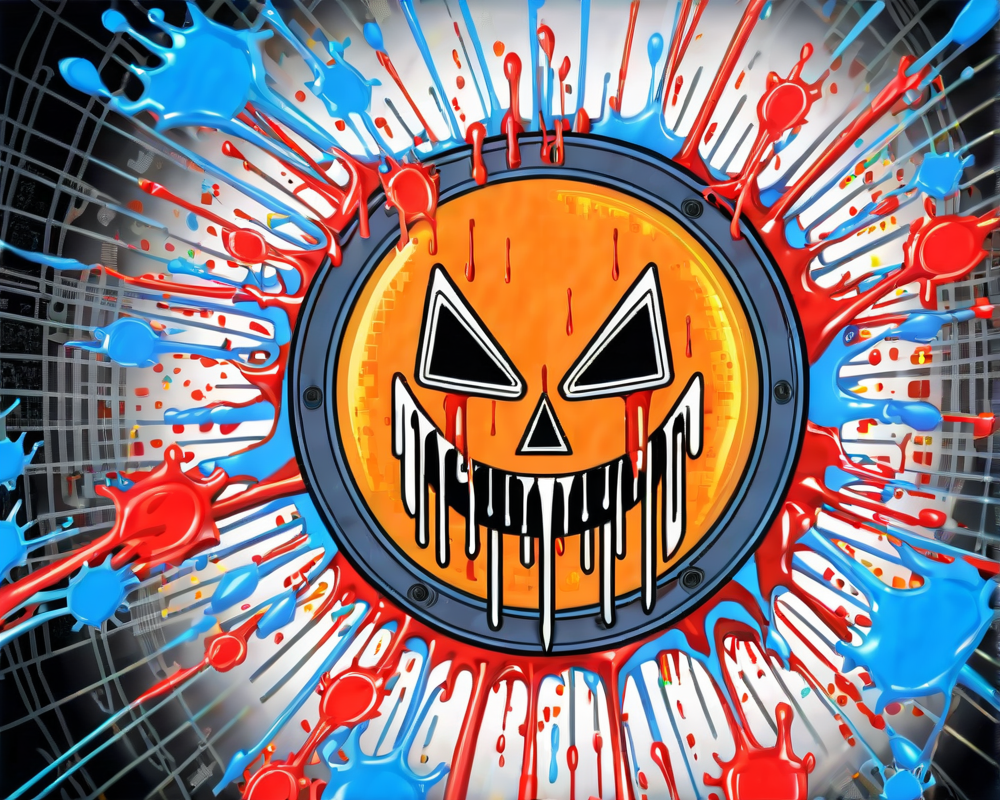The Scalability Challenge in Blockchain
Blockchain technology often gets a standing ovation for its robust security features. But every superhero has a weakness, and in Blockchain’s case, it’s scalability. With rapid adoption of cryptocurrencies, the question arises: can these digital currencies really scale to meet the demands of today’s transaction speeds?
Transaction Speeds: Blockchain vs. The Giants
Take Bitcoin, our favorite cryptocurrency poster child. Under optimal conditions, it can process about 7 transactions per second (tps). Realistically, though, we’re talking more like 2-3 tps—less than your average snail-mail service. In comparison, PayPal razzle-dazzles with around 115 tps, and VISA hits an impressive 2,000 tps. If Blockchain is meant to revolutionize finance, it needs to step up its speed game!
Other Platforms Give It a Go
Some Blockchain platforms have emerged from the shadows with faster transaction capabilities.
- IOTA boasts a hearty 500-800 tps.
- Waves rides in on a few hundred tps.
- Ripple supposedly has over 13 tps, feeling pretty good about itself.
- NEO, with its Delegated Byzantine Fault Tolerance, even says it can manage 1,000 tps. Talk about a mouthful!
- And then there’s Zilliqa, showing off its ‘sharding’ technique, zipping through 2,488 tps.
What in the World is Sharding?
So, what’s this “sharding” everyone keeps whispering about? Instead of every node in the network sweating over every transaction, sharding splits the network into smaller pieces—party time! Each piece, or “shard,” manages a portion of the workload. With parallel processing, these shards can confirm transactions left and right, achieving hundreds (or even thousands) of tps collectively.
The Promising Future of Blockchain Transactions
If Blockchain can harness the power of sharding and achieve transaction speeds that could eventually give VISA a run for its money, we could witness a renaissance of decentralized applications (dApps). This would not only enhance auction systems and payment protocols but keep the ethos of a permission-less system intact. With scalability concerns addressed through sharding, the future of Blockchain transactions could be bright, fast, and secure—a trifecta that’ll make financial institutions sweat!




